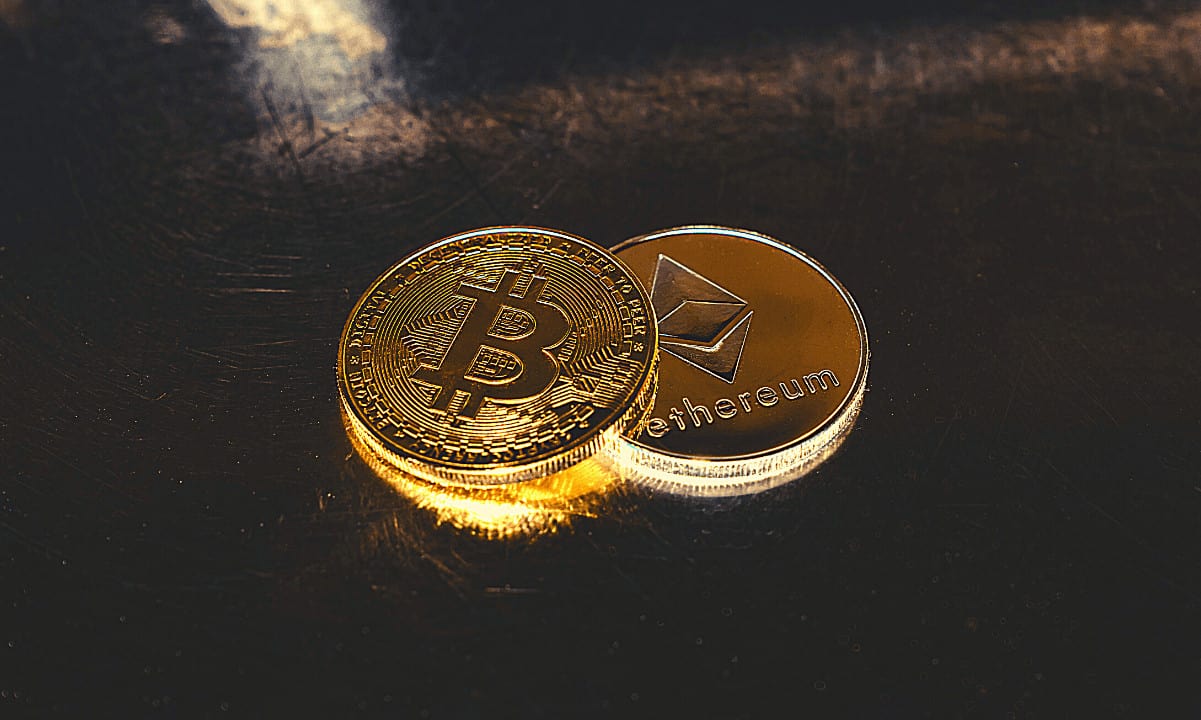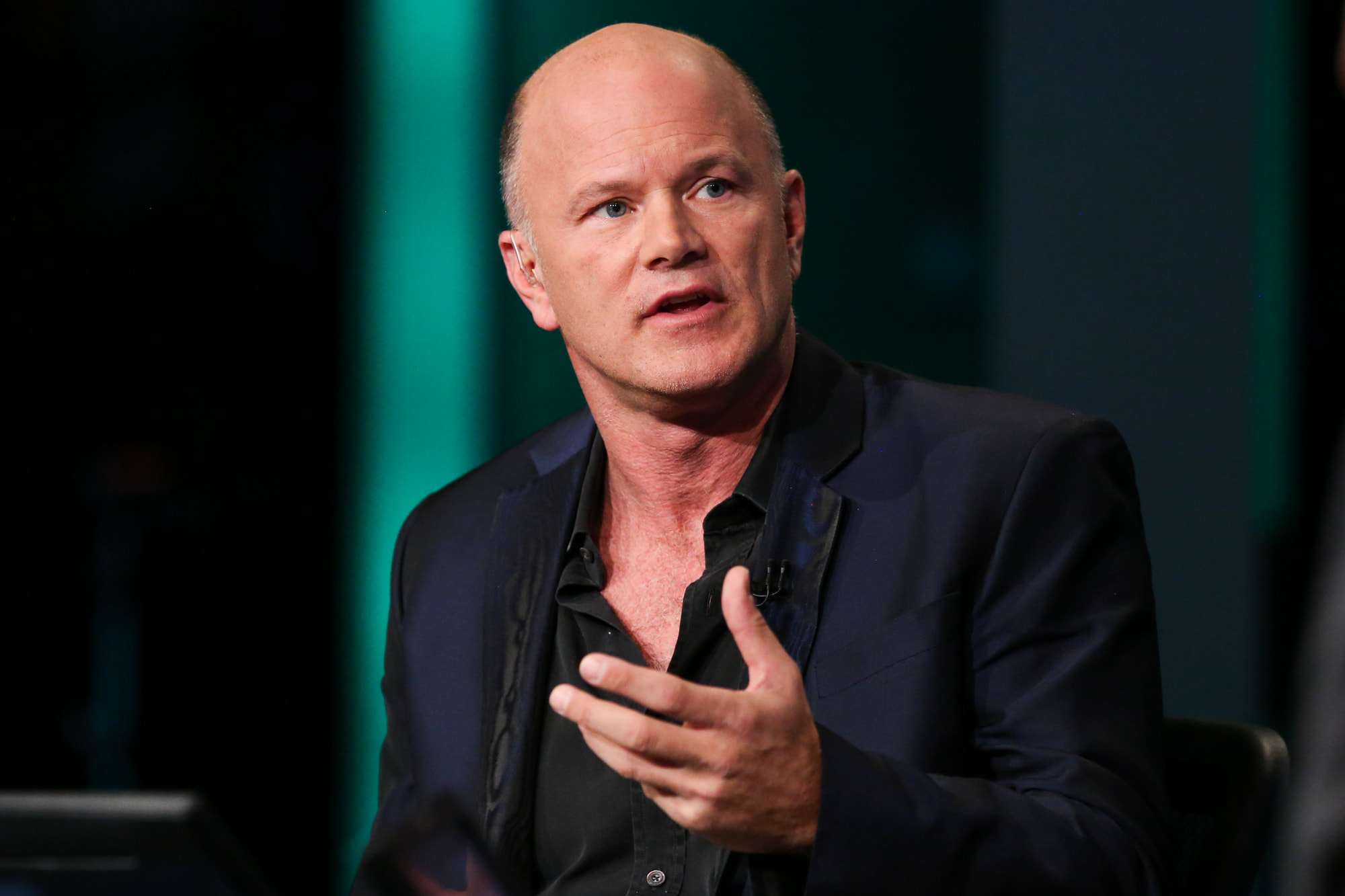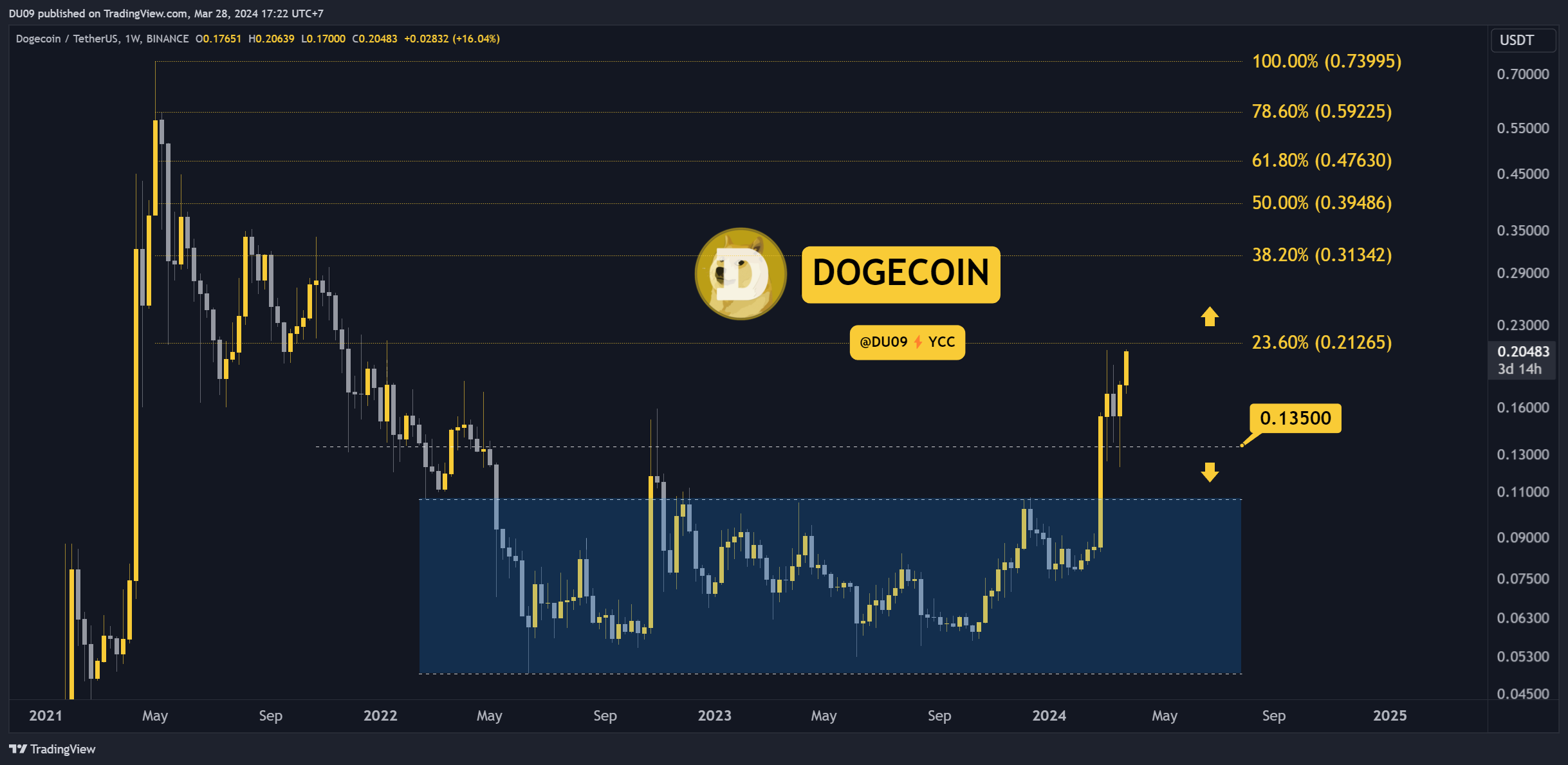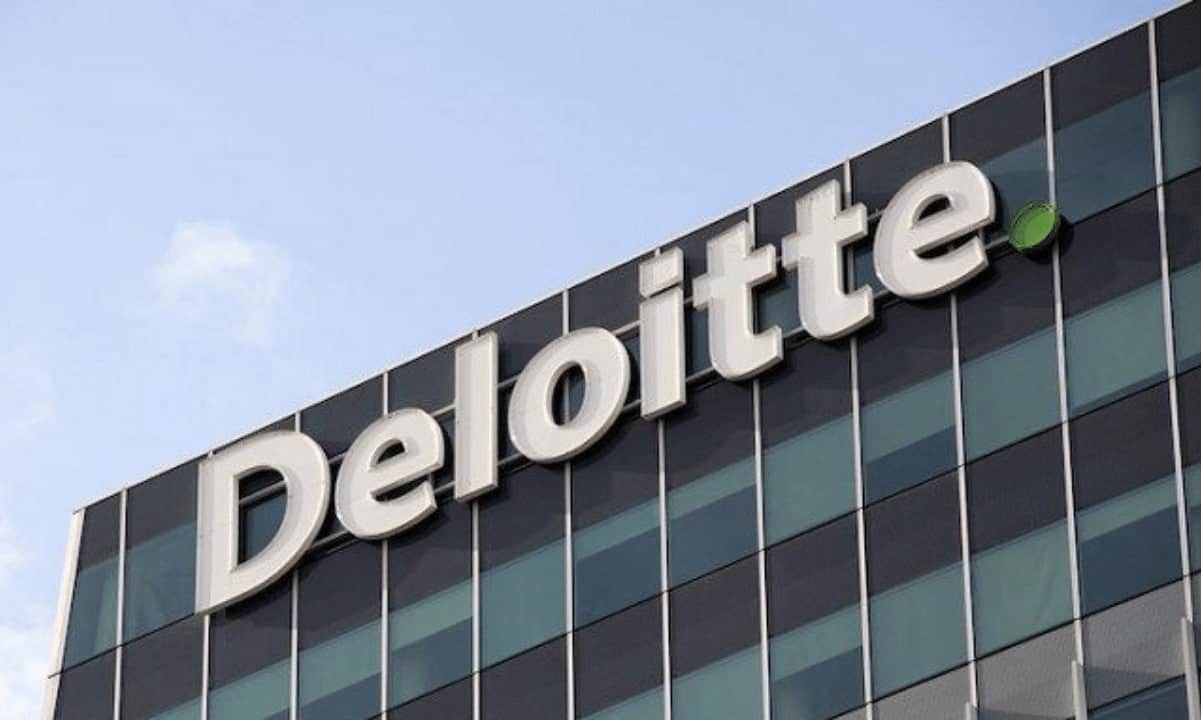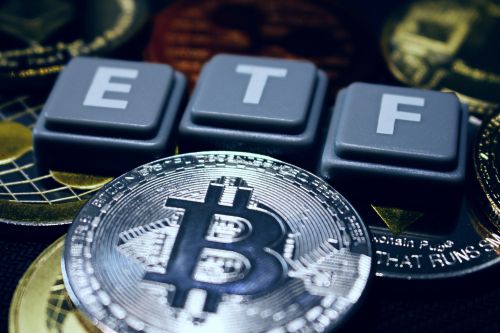AtPay Pushing Forward as More Consumers Turn to Digital Payments
In recent times, cryptocurrency has provided a new way for people to invest and hold assets in a more robust and secure way. As financial technology continues to evolve at an unprecedented rate, so has the adoption of digital payments.
An Abundant Availability
Consumers have more payment methods available now than ever. Whether it’s debit, cash, credit, or cryptocurrency, consumers now have an arsenal of options when it comes to checking out at their favorite store. In fact, according to data collected from 2,050 small businesses by Thryv Holdings, nearly 73% of consumers say that whether a merchant accepts their preferred payment method will influence their decision when it comes to making purchases.
“We’ve seen consumers grow accustomed to the ease, convenience, and safety of digital payments, and the pandemic accelerated this trend,” said Ryan Cantor, Chief Product Officer at Thryv. “Consumers want more digital and contactless payment options, and the small businesses choosing to adapt and capitalize on consumer preferences will win the war of customer retention.”
According to the survey results, the majority of the desire to go cashless is coming from a younger demographic, with 68% of Millennials and 71% of Gen Z respondents preferring cashless payment options. As these younger generations evolve and continue to take over the workforce, they are spending at greater rates than older customers, increasing their purchasing power.

A Preferred Method of Choice
The report also found proof that digital payment were a preferred payment method of choice, with 64% saying they preferred the method for purchases over $1,000, like home repair or medical treatment. Amongst those surveyed, 67% also said they preferred to receive receipts digitally, and 77% said that they felt comfortable using a credit card online rather than paying in person.
A recent annual report by World Pay also found evidence to confirm that society is undergoing a move to a more cashless society, with predictions that Australia, in particular, will use cash for only 2% of all point-of-sale transactions by 2025.
The report also found that over the next two years, digital wallets (such as apps that allow customers to use their smartphone or smart device to pay) will overtake credit and debit cards and become the preferred e-commerce payment method by 2024. While 41% of Australians are still using debit cards, closely followed by 35% using credit cards, it found that 11% were already using digital wallets and that cash accounted for only 7%.
Rapidly emerging Buy Now Pay Later (BNPL) technology was discovered to be already be used at a rate of 4%, and the technology is expected to climb quickly. Case in point, platform Afterpay, which is predicted to account for 14% of all e-commerce purchases by 2025, an incline from its current 11%.
Another platform pioneering the burgeoning BNPL niche is @Pay, the first company to combine the utility of cryptocurrency with a deferred digital payment solution. The platform, which gives merchants the ability to accept payments from customers in approved cryptocurrency (stable coins) in both in-store and online formats, is launching soon to high demand. A spokesperson for @Pay told us that interest has been significant, commenting that the platform has been “inundated with requests from customers wanting to pay in crypto.”
As more and more statistics show, as the world embraces new financial technology, including cryptocurrency and contactless payments, customers are no longer preferring to pay with cash. As the financial sector changes, so must the accompanying platforms.


